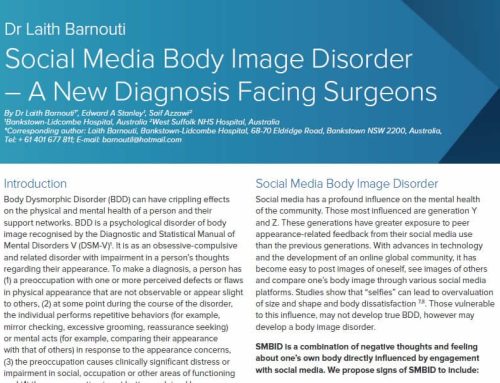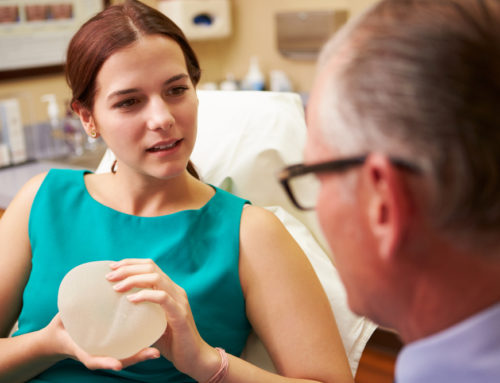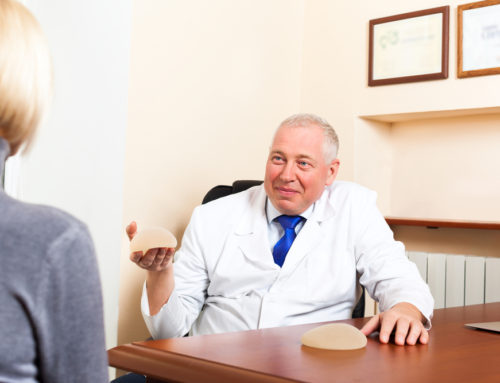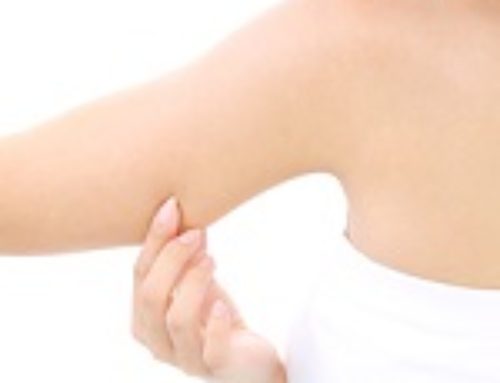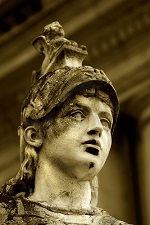
Surgical rhinoplasty
Antiquity
Plates vi & vii of the Edwin Smith Papyrus at the Rare Book Room, New York Academy of Medicine
Treatments for the plastic repair of a broken nose are mentioned in the Edwin Smith Papyrus, a transcription of an Ancient Egyptian medical text, which is the earliest known surgical treatise. Rhinoplasty techniques were carried out in India by the ayurvedic doctor Sushruta (c. 800 BC), describing reconstruction of the nose in the Sushruta samhita (c. 500 BC), his medico-surgical compendium. Sushruta’s medical students and the doctor had developed and employed plastic surgical techniques for reconstructing noses, genitalia, earlobes that were amputated due to spiritual, criminal or military punishment. Sushruta additionally developed the brow flap rhinoplasty process that stays modern plastic surgical practice, and the otoplastic technique for reconstructing an earlobe with skin from the cheek of the patient. In the Sushruta samhita compendium, the doctor Sushruta describes the (modern) free-graft Indian rhinoplasty as the Nasikasandhana
The part of the nose should be quantified with a leaf. Subsequently, a section of skin of the required size should be dissected from the living skin of the cheek, and turned back to cover the nose, keeping a little pedicle. The portion of the nose to which the skin would be to be attached should be made tender, by cutting on the nasal stump with a sharp knife. The doctor afterward should put the skin on the nose and stitch both components quickly, keeping the skin correctly elevated, by adding two tubes of eranda (the castor-oil plant) in the location of the nostrils, so the new nose has appropriate contour. The skin so correctly fixed, it should subsequently be scattered with a powder of red sandalwood, liquorice, and barberry plant. Eventually, it should be covered with cotton, and clean sesame oil should be consistently used. When the skin has unified and granulated, if the nose is too long or too short, the center of the flap should be broken up, and an endeavour made to enlarge or shorten it. (Sushruta samhita 1.16)
Classical antiquity
The Roman encyclopaedist Aulus Cornelius Celsus.
During the Roman Empire (27 BC – AD 476) the encyclopaedist Aulus Cornelius Celsus (c. 25 BC – AD 50) released the 8-tome De Medicina (On Medicine, c. AD 14), which described plastic surgery techniques and processes for the correction and the reconstruction of the lips, the ears, the nose, et cetera, and for the amputation of diseased and damaged portions of the human body.[6]
At the Byzantine Roman court of the Emperor Julian the Apostate (AD 331-363), the royal doctor Oribasius (c. AD 320-400) released the 70-volume Synagogue Medicae (Medical Compilations, AD 4th century), which described facial-flaw reconstructions that featured loose sutures that allowed a surgical wound to recover without distorting the facial flesh; how to clean the bone open in a wound; debridement, how to remove damaged tissue to forestall disease and so hasten healing of the wound; and how to use autologous skin flaps to fix damaged cheeks, eyebrows, lips, and nose, to restore the patient’s regular visage.
The Middle Ages
The Ottoman rhinoplast doctor Serafeddin Sabuncuoglu (1385-1468).
However, during the centuries of the European Middle Ages (AD 5th – 15th centuries) that followed the Imperial Roman failure (AD 476), the 5th century BC Asian plastic surgery knowledge of the Sushruta samhita went unknown to the West until the 10th century AD, with the publication, in Old English, of the Anglo Saxon doctor’s manual Bald’s Leechbook (c. AD 920) describing the plastic repair of a cleft lip; as a medical compendium, the Leechbook is famous for categorizing ailments and treatments as internal medicine and as outside medication, for supplying herbal medical remedies, and for supplying supernatural incantations (prayers), when needed.
In the 11th century, at Damascus, the Arab doctor Ibn Abi Usaibia (1203-1270) interpreted the Sushruta samhita to Arabic from Sanskrit. In due course, Sushruta’s medical compendium travelled from Arabia to Persia to Egypt, and, by the 15th century, Western European medicine had fell upon it as the medical atlas Cerrahiyet-ul Haniye (Imperial Surgery, 15th century), by Serafeddin Sabuncuoglu (1385-1468); among its surgical techniques featured a breast reduction process.
As you can see it is a good thing that Rhinoplasty surgery has evolved and these days is far more advanced, for Part 2 go to History of Rhinoplasty Part 2

